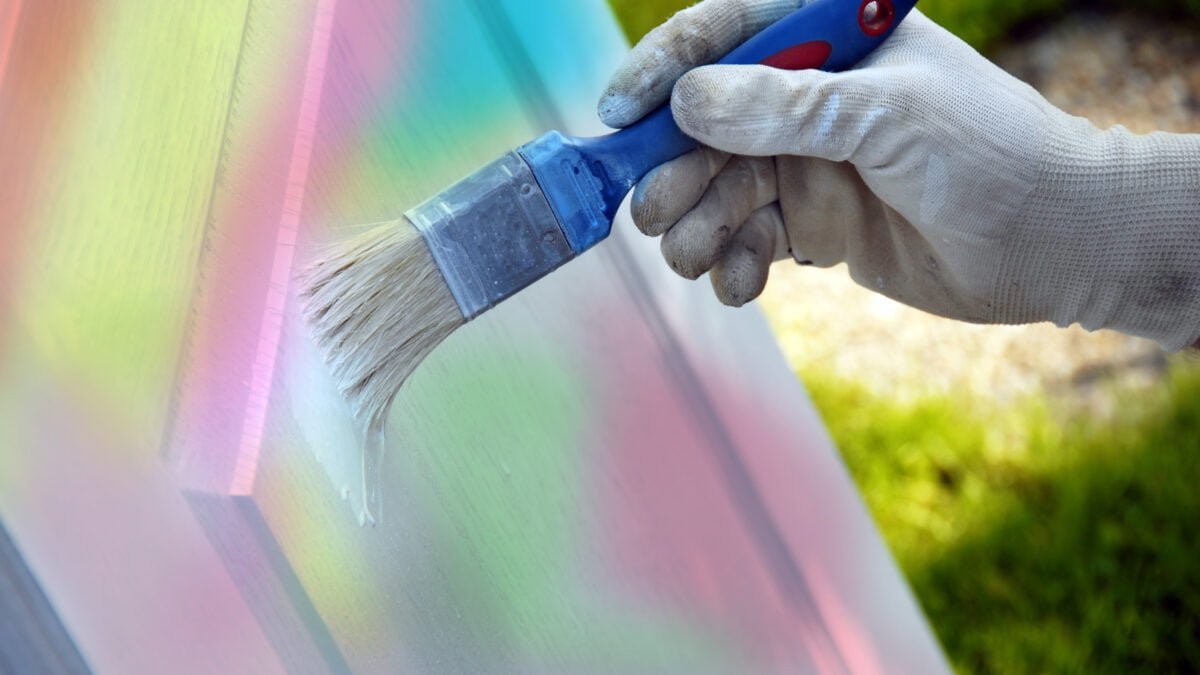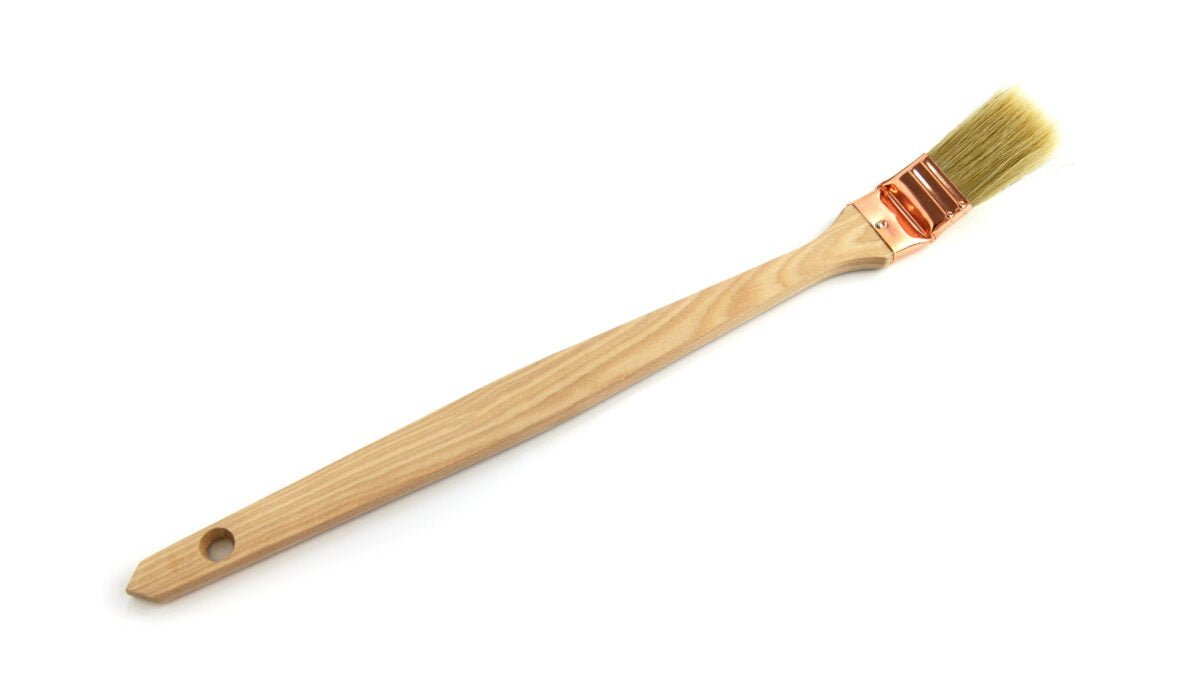When it comes to home improvement projects, painting is a great way to freshen up any space. But when it comes to painting plastic, you want to be sure to use the right type of paint to ensure the best results. Choosing the right paint for plastic surfaces can be a tricky endeavor, and there are a few things to consider before you make your purchase. In this blog post, we’ll be exploring the different types of paint available for plastic and the advantages and disadvantages of each. We’ll also discuss the proper techniques for painting plastic and the necessary preparation steps to ensure a successful painting experience. By the end of this article, you should have a better understanding of the different kinds of paint and how to choose the best paint for your plastic job.
1. Consider the type of plastic
When choosing the best paint for plastic, the type of plastic should be considered first. Different types of plastic have different properties and react differently to paint. For example, polypropylene is a type of plastic that is not receptive to most paints, so it will require a special paint. Acrylic is a type of plastic that is more receptive to paint and will require a more mild paint. Knowing the type of plastic you are dealing with is important when selecting a paint to use.
2. Use a paint specially made for plastic
Painting plastic can be a tricky job, but with the right kind of paint, it can be a surprisingly simple process. The best kind of paint to use on plastic is a paint specially made for plastic. This type of paint is designed to adhere to the surface and provide a long-lasting, durable finish. It also typically contains a plasticizer, which helps it to flex with the material and prevents it from cracking or peeling over time. When choosing paint for plastic, make sure to select a paint labeled specifically for plastic – this will ensure the best results.
3. Choose a paint with UV protection
The third step when choosing the best paint for plastic is to pick a paint with UV protection. This is important to prevent the plastic from fading or degradation due to exposure to the sun’s ultraviolet rays. Look for a paint specifically labeled “UV-resistant” or “UV-blocking,” and make sure the label states that it is suitable for use on plastics. UV protection paints are usually more expensive than other types of paint, but their durability and longer-lasting color make them worth the investment.
4. Consider the paint’s adhesion
When choosing the best paint for plastic, it is important to consider the paint’s adhesion. Poor adhesion can lead to chipping, cracking or flaking of the paint, which can be an eyesore and an expensive fix. To ensure good adhesion, make sure to thoroughly clean the plastic surface. A gentle scrubbing with a soft cloth and mild detergent should do the trick. Next, allow the plastic surface to dry completely before applying the paint. Lastly, use a paint specifically designed for plastic surfaces. It should be noted that some paints require a primer in order to adhere to plastic surfaces.
5. Apply a primer before painting
Applying a primer before painting is an important step when choosing the best paint for plastic. Not only does a primer help to create a better bond between the plastic and the paint, but it also helps prevent any rough patches or scratches from showing through the paint. In addition, primers are often tinted to match the color of the paint you choose, which can help to create an even, vibrant color. Taking the extra step to apply a primer before painting your plastic will help ensure that your paint job looks great and lasts for years to come.
Conclusion
In conclusion, when it comes to painting plastic, you have a lot of options. But the key to getting good results is to choose the right paint for the job. Acrylics, enamels, and spray paints all offer special advantages, so it’s important to select the product that best suits your project. With the right preparation, primer, and finish, you can create beautiful results that will last for years.






